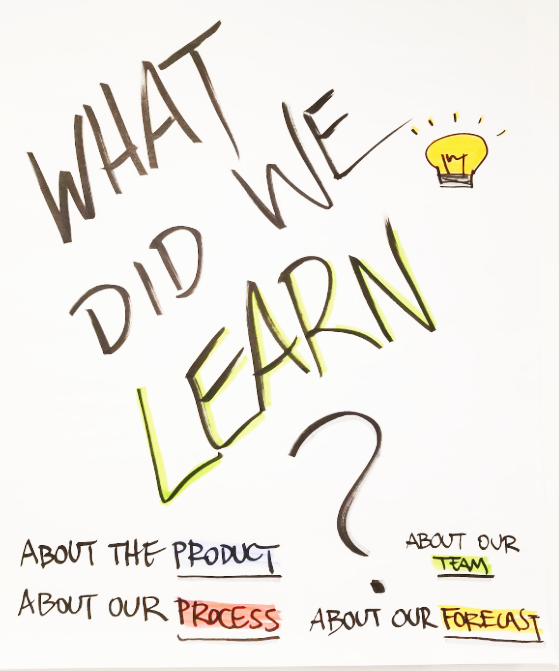Quit Playing the Blame Game and Build a Culture of Learning
We’ve all heard it before: “We’re a learning organization!”
But then a mistake happens, and suddenly it’s less about learning and more about finding a scapegoat. That whiplash should trigger a serious question:
How can we claim to value learning if we punish the process that enables it?
Mistakes are Inevitable, Growth is Optional
Whether at work, at home, or on a random Tuesday when you realize you’ve been on mute for the entire meeting, we’re human, and mistakes are inevitable! While it would be great if we could avoid mistakes altogether, it’s just not realistic. Instead, let’s consider how we respond to them.
Sure, we can waste time pointing fingers, asking, “Whose fault was it?” Or we can get serious about growth and ask a better question:
“What can we learn from this?”
That shift from blame to curiosity isn’t just feel-good talk. It’s the foundation of an environment where people actually want to take smart risks, stretch, and improve—because they know they won’t get clobbered for it.
Small Story, Big Lesson
When my son was deep in the post-college job hunt, I made a conscious choice. After every interview, instead of the anxious parental interrogation (“Did you get it? How did it go?”), I simply asked: “What did you learn?” It shifted the whole tone. Reflection replaced self-judgment. Curiosity replaced anxiety. Imagine if organizations approached mistakes with the same lens. (We might even get a little better at hiring, too.)
Psychological Safety Isn't a Luxury—It's a Responsibility
Creating a culture that normalizes learning from mistakes isn’t just a warm, fuzzy leadership goal. It’s a strategic one. Research by the Boston Consulting Group showed that leaders who cultivate psychological safety will, among other benefits, see their employee retention improve significantly. An organization that nurtures a psychologically safe culture isn’t just nice to have; it’s a critical part of organizational success.
Four Practical Ways to Build a Learning Culture
- Lead first. Share your own stumbles and lessons learned. Show that learning is valued at every level.
- Reframe mistakes. Errors aren't final verdicts. They're starting points! Train your teams to see the opportunity inside the stumble.
- Create safe spaces. Build regular forums for teams to surface challenges, lessons, and ideas without fear of blame.
- Recognize the process. Celebrate not just successes, but the hard-earned learning behind them.
One Small Shift With a Huge Impact
If we want resilience, innovation, and engagement, we have to stop seeing mistakes as career-ending events and start seeing them for what they are: Essential waypoints on the path to mastery.
Next time a mistake happens—whether it’s your own, a teammate’s, or your kid’s—try asking: “What did you learn?” You might be surprised at what opens up when blame leaves the room—and learning steps in.







